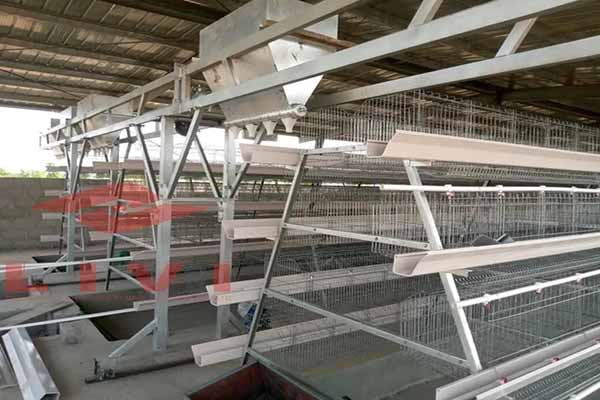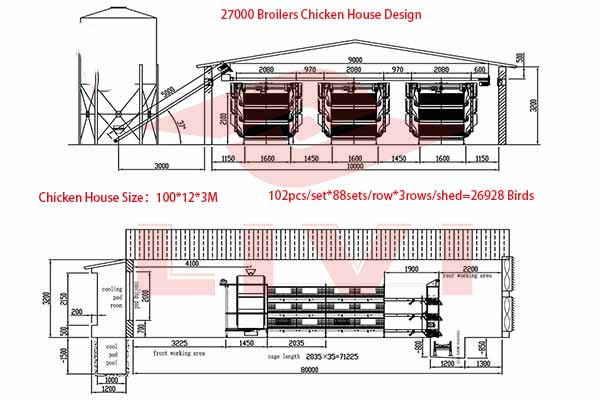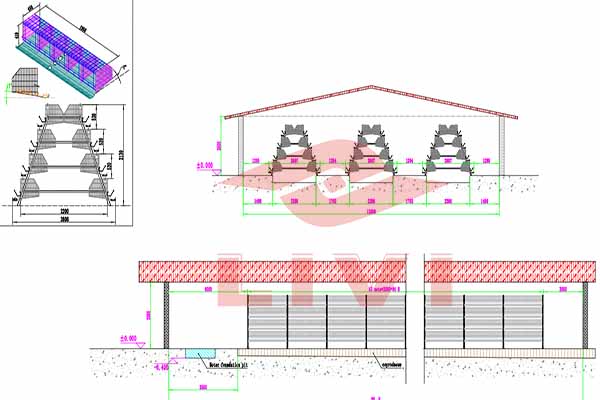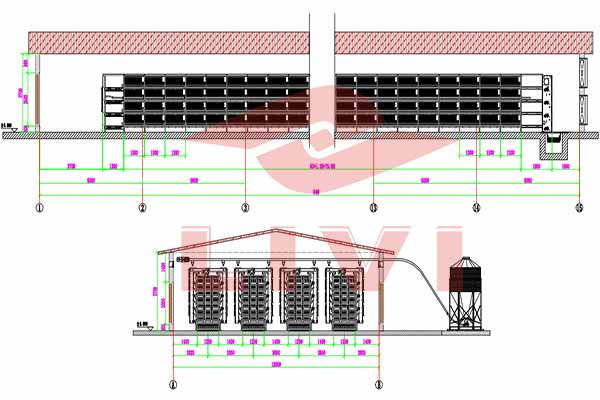Optimizing Poultry Water Line Systems for 100,000 Chickens in Nigeria
Introduction to Poultry Water Management
Proper water management is crucial for the health and productivity of a poultry operation. In Nigeria, where the poultry industry is rapidly growing, ensuring a reliable water line system for 100,000 chickens is essential. A well-designed water system can prevent diseases, reduce stress, and enhance growth rates.
Key Components of a Poultry Water Line System
A comprehensive water line system for 100,000 chickens in Nigeria should include the following components:
- Water Sources: Access to clean and safe water sources, such as boreholes or water wells.
- Water Storage: Large storage tanks to maintain water supply during dry seasons or unexpected power outages.
- Piping System: High-quality, durable pipes to transport water from the storage tanks to the chicken houses.
- Water Distribution: Automated or manual systems for distributing water to each chicken house.
- Water Quality Monitoring: Regular monitoring to ensure the water quality meets the necessary standards.
Designing a Water Line System for 100,000 Chickens
The design of a water line system for 100,000 chickens in Nigeria should consider the following factors:
- Water Consumption: Chickens require approximately 1 to 1.5 liters of water per day. Calculate the total water consumption for your flock.
- Pressure Requirements: Ensure the water pressure is sufficient to supply water to all chicken houses without any drop in pressure.
- System Reliability: Choose durable materials and components to ensure the system’s longevity and minimize downtime.
- Energy Efficiency: Opt for energy-efficient pumps and water-saving devices to reduce operational costs.
Case Study: Successful Implementation of a Poultry Water Line System in Nigeria
A poultry farm in Nigeria with 100,000 chickens successfully implemented a water line system with the following specifications:
- Water Sources: Two boreholes with a combined capacity of 100 cubic meters per hour.
- Water Storage: Two 500-cubic-meter storage tanks.
- Piping System: High-quality polyethylene pipes with a diameter of 100 mm.
- Water Distribution: Automated water distribution system to each chicken house.
- Water Quality Monitoring: Regular testing for pH, ammonia, and other contaminants.
The implementation of this water line system resulted in the following benefits:
- Improved chicken health and productivity.
- Reduced labor costs due to automated water distribution.
- Lower water consumption through water-saving devices.
Conclusion
A well-designed poultry water line system for 100,000 chickens in Nigeria can significantly impact the success of your poultry operation. By considering the factors mentioned above and consulting with a professional, you can create a reliable and efficient water line system that meets your farm’s needs.
For more information and a free poultry design plan and equipment quote, please leave a comment below or contact LIVI Machinery today.





